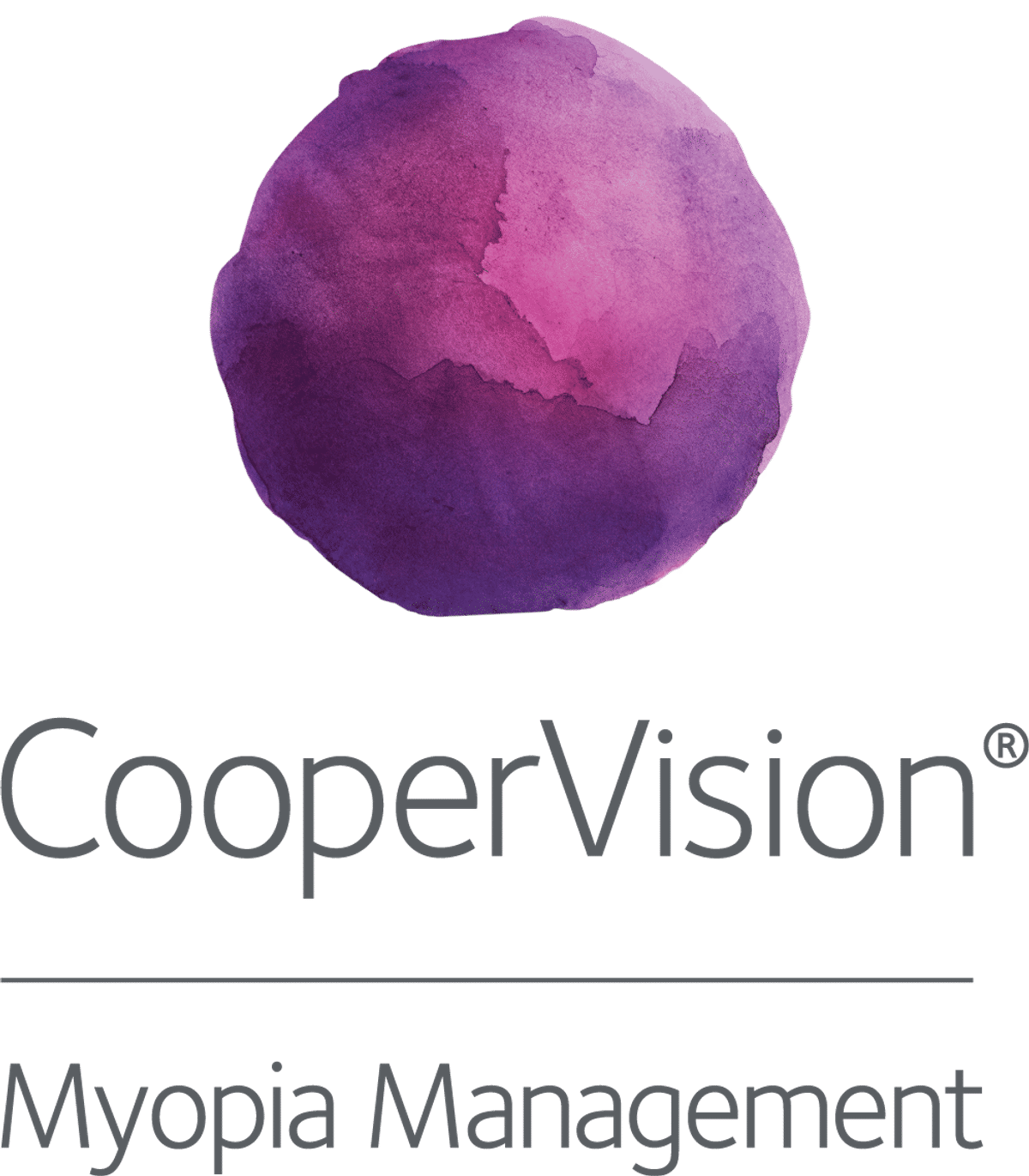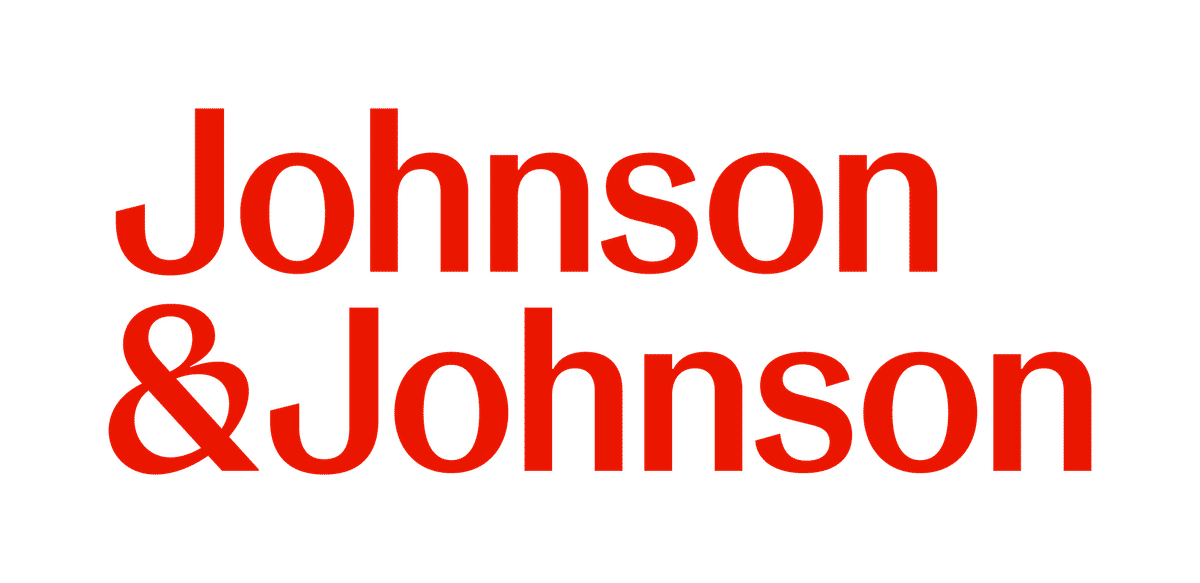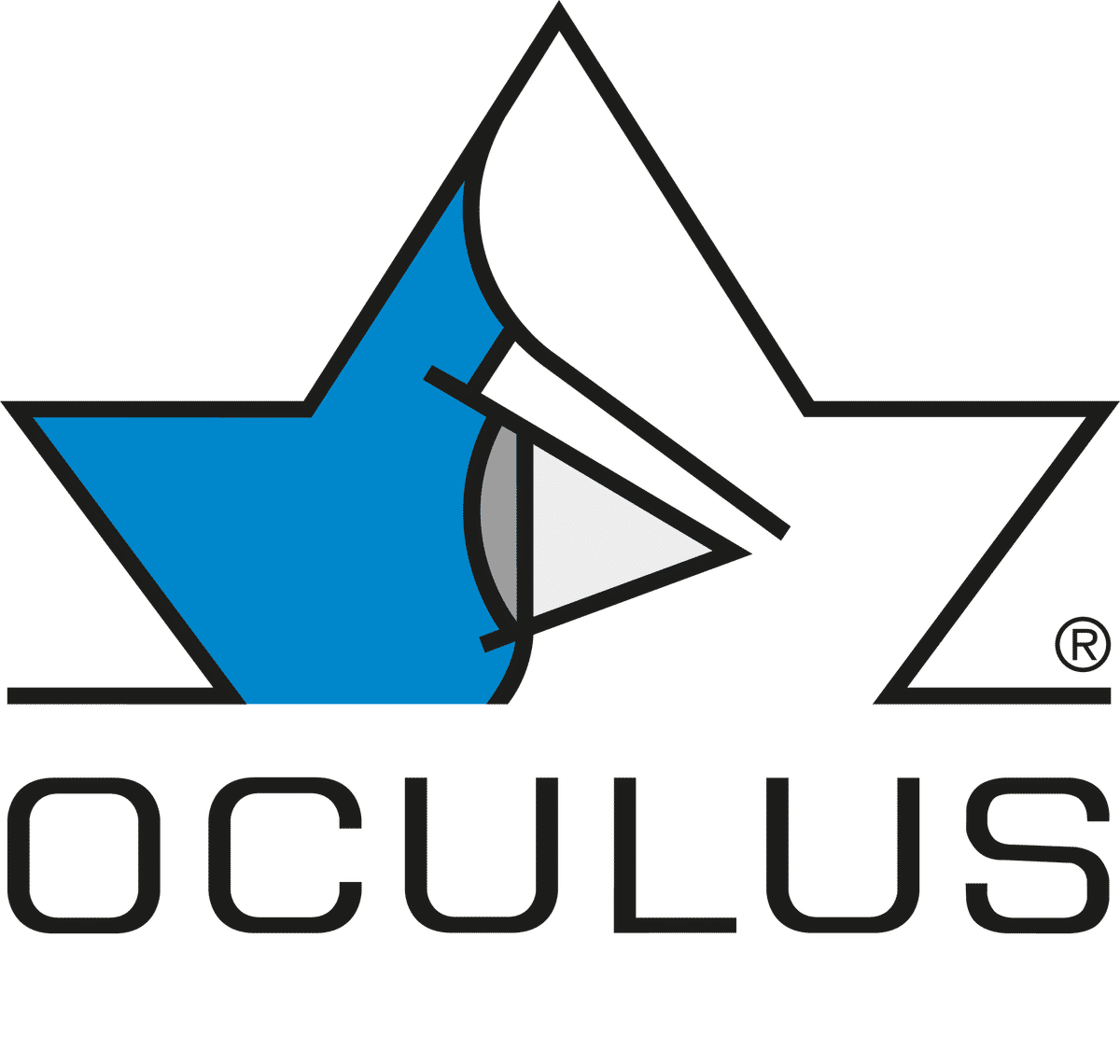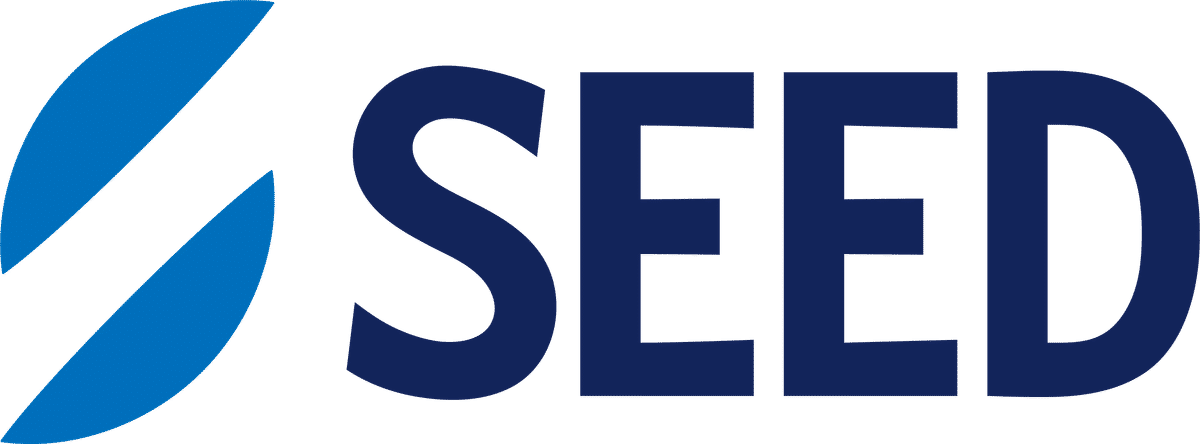Science
ARVO2025 Recap #5 - Mental health, vision impairment, and near work in myopia
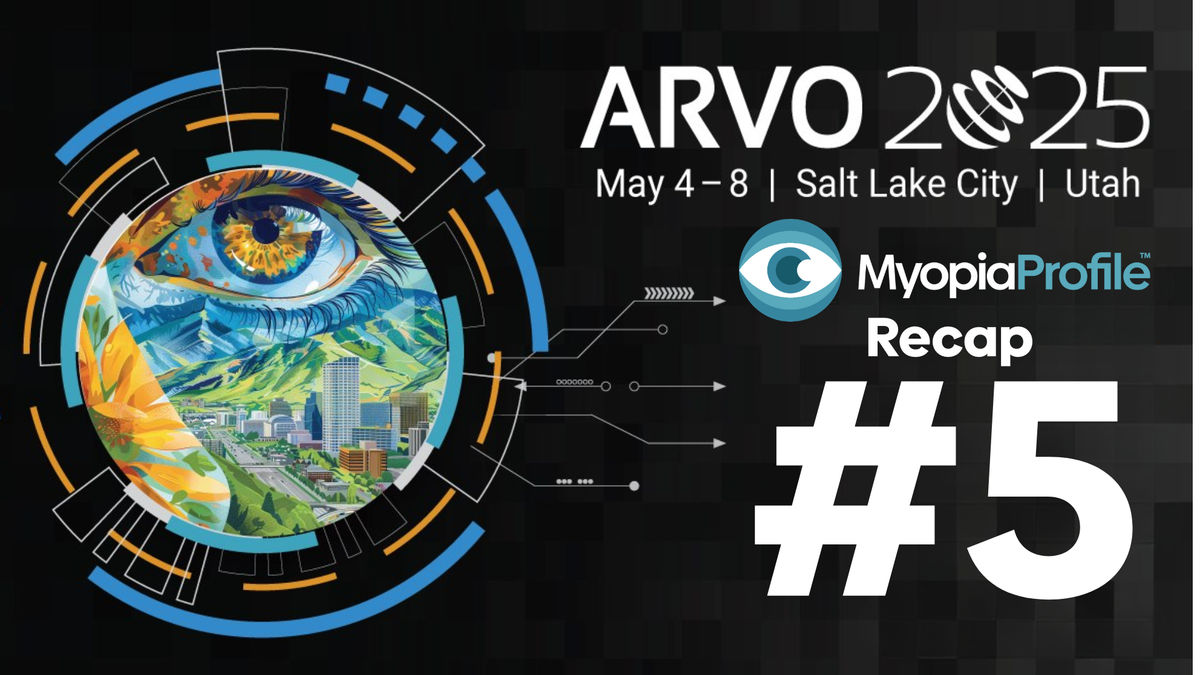
In this article:
The Myopia Profile team reported live at the Association for Research in Vision and Ophthalmology (ARVO) annual meeting in Salt Lake City, USA where the latest vision science was unveiled across hundreds of presentations. We selected 30 of the hottest topics in myopia management to help you understand treatments, management and innovations. In this fifth recap, we highlight the wider-reaching impacts of myopia, including mental health in adults with high myopia, public health implications of vision impairment, and how lifestyle factors such as reading, writing, and screen time influence myopia onset and progression.
- Time spent on near work, not outdoor time, correlates with myopia in a large international survey
- Prospect for timely myopia detection using smartphone photorefraction
- Vision Impairment Due to Myopia in The United States and South Korea
- The comparison of reading and writing versus screen time on myopia at 9 years in Singapore children in the GUSTO birth cohort
- Provision of refractive correction spectacles can reduce the prevalence of depressive symptoms in persons with high myopia: findings from AIER-SERI High Myopia Adult Cohort Study
Time spent on near work, not outdoor time, correlates with myopia in a large international survey
Paul Gifford from the University of New South Wales, Australia and Myopia Profile.
Authors: Paul Gifford¹,², Kate Gifford³
- Optometry and Vision Science, University of New South Wales, Sydney, New South Wales, Australia
- University of Waterloo, Waterloo, Ontario, Canada
- Queensland University of Technology, Brisbane, Queensland, Australia
Summary
Data from the mykidsvision.org risk assessment tool - an online myopia risk assessment questionnaire, was evaluated to assess whether parent-reported time spent outdoors or on near work better correlates with childhood myopia. Analysis showed that the mean reported daily outdoor time did not differ significantly between myopes and non-myopes (2.07 hours vs 2.15 hours), but myopes engaged in more near work than non-myopes (3.37 vs 2.79 hours). While the link between time outdoors and myopia prevention is well-established, time spent on near work may be just as important.
Prospect for timely myopia detection using smartphone photorefraction
Hing Yi Li and Ling Yau Kiu from from The Hong Kong Polytechnic University, Hong Kong.
Authors: Ling Yau Kiu¹, Wing-yu Tam¹, Yui-yi Wong¹, Oi-lam Kwok¹, Ho-cheung Leung¹, MK Michael Cheung¹, Eugene Fu², Paul H Lee³, Hong-va Leong⁴, Grace Ngai⁴, Lily YL Chan¹, Chi-wai Do¹
- School of Optometry, The Hong Kong Polytechnic University Faculty of Health and Social Sciences, Kowloon, Hong Kong
- Centre for Learning, Teaching and Technology, The Education University of Hong Kong, Hong Kong, Hong Kong
- Southampton Clinical Trials Unit, University of Southampton, Southampton, United Kingdom
- Department of Computing, The Hong Kong Polytechnic University, Hong Kong, Hong Kong
Summary
This study aimed to evaluate the accuracy and performance of smartphone photorefraction as a novel myopia screening tool in a large population, which has previously shown potential in a smaller study. In myopic participants aged 6–43 years (n=808), dry and wet smartphone photorefraction was compared with open-field autorefraction at 1 and 3 meters. After factoring in accommodation, the mean absolute error (MAE) between the two methods was 0.79D and 0.99D (dry and wet, respectively), with highest accuracy for myopia between –2.00D and –4.00D (MAE: 0.62 dry, 0.75 wet). Dry photorefraction showed better sensitivity (93%) and specificity (81%) for detecting myopia greater than –2.00D. This was an ARVO Hot Topic!
Vision Impairment Due to Myopia in The United States and South Korea
Michael Moore from Technological University Dublin, Ireland.
Authors: Michael Moore¹, Ian Flitcroft¹, Seung-Hee Baek², James Loughman¹
- Technological University Dublin, Centre for Eye Research Ireland, Dublin, Ireland
- Ophthalmology, Kim's Eye Hospital, Seoul, South Korea
Summary
The relationship between spherical equivalent refraction and visual impairment in the United States and South Korea was defined and compared using data from the NHANES (1999-2008) and KNHANES (2008-2022) national health surveys. Best corrected vision and refractive error data from over 48,000 participants aged 40+ was analysed, to quantify the risk of vision impairment at varying degrees of myopia from 40 to 80 years of age. Results from the analysis indicated that across both populations, the risk of visual impairment is highest in those with high myopia (≤ –6.00D), at 12–15% risk at age 60, rising to 32–35% by age 70.
The comparison of reading and writing versus screen time on myopia at 9 years in Singapore children in the GUSTO birth cohort
Seang-Mei Saw (2nd from the left) from the Singapore Eye Research Institute.
Authors:
Seang-Mei Saw¹,², Fan Wu¹,³, Hla Myint Htoon¹,², Fabian Yap⁴, Chen Hsin Sun⁵, Charumathi Sabanayagam¹,², Yih Chung Tham¹,⁵
- Singapore Eye Research Institute, Singapore
- Eye ACP, Duke-NUS Medical School, Singapore
- National University Singapore Saw Swee Hock School of Public Health, Singapore
- KK Women's and Children's Hospital, Singapore
- Ophthalmology, National University of Singapore, Singapore
Summary
Based on the GUSTO birth cohort in Singapore, this study compared the effects of the major forms of near work on myopia development in 9-year-old children. The WHO Myopia Risk factor questionnaire was administered to track near work exposure (reading and writing, versus screen time) at ages 2, 3, 6, and 9 years. Each hour per day increase of reading and writing were significantly associated with myopia (OR 1.13 at 9 years, OR 1.21 at 6 years), but screen time showed no associations at any age. These findings suggest that traditional near work, not screen use, contributes more to myopia risk in early childhood - potentially explaining high myopia prevalence in countries such as Singapore, before the wide adoption of digital devices.
Provision of refractive correction spectacles can reduce the prevalence of depressive symptoms in persons with high myopia: findings from AIER-SERI High Myopia Adult Cohort Study
Wei Pan from Central South University, China.
Authors:
Wei Pan¹, Ziqi Hu¹, Yanfeng Jiang¹, Huanhuan Tan², Zhongping Chen², Quan V Hoang³, Seang-Mei Saw³, Ryan Man³, Eva Fenwick³, Ecosse Luc Lamoureux³, Weizhong Lan¹
- Aier Academy of Ophthalmology, Central South University, China
- Changsha Aier Eye Hospital, China
- Singapore Eye Research Institute, Singapore
Summary
This study assessed whether providing free, best-corrected spectacles to highly myopic adults could reduce the prevalence of depressive symptoms. A prospective single-arm cohort study was conducted on 121 adults with high myopia in Changsha, China, with participants receiving new single-vision spectacles and completing PHQ-9 questionnaires at baseline and 3 weeks after intervention. The overall prevalence of depressive symptoms was reduced from 68.6% to 60.3%, with a more notable reduction among participants with baseline VA worse than 0.1 LogMAR (67.9% to 52.8%). Provision of spectacles with updated correction alleviated depressive symptoms in under-corrected adults with high myopia, particularly those with poor visual acuity.
Meet the Authors:
About Brian Peng
Brian is a clinical optometrist based in Sydney, Australia. He graduated from the University of New South Wales and was awarded the Research Project Prize for his work on myopia. He has a keen interest in myopia-related research, industry, and education.
Read Brian's work on our My Kids Vision website, our public awareness platform. Brian also works on development of various new resources across MyopiaProfile.com.
Enormous thanks to our visionary sponsors
Myopia Profile’s growth into a world leading platform has been made possible through the support of our visionary sponsors, who share our mission to improve children’s vision care worldwide. Click on their logos to learn about how these companies are innovating and developing resources with us to support you in managing your patients with myopia.

